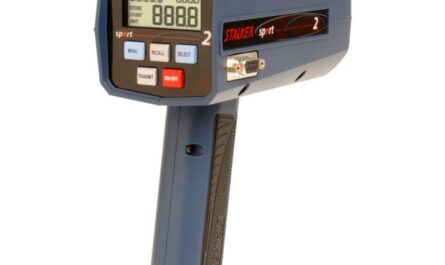Intelligent Pigging: An Innovative Method for Pipeline Inspection
What is Intelligent Pigging?
An intelligent pig, also known as a smart pig, is an internal inspection device or tool that travels autonomously inside pipelines to perform various non-destructive testing while the line is in service. It is inserted into and propelled through the pipe, usually by the product flowing through the line. Intelligent pigs gather critical internal data on the pipes such as corrosion levels, cracks, deformations, and geo-location without disrupting the pipeline’s flow or requiring excavation.
Types of Intelligent Pigs
There are several types of intelligent pigs used for different inspection purposes:
Magnetic Flux Leakage Tools
Magnetic flux leakage tools (MFL) detect metal-loss corrosion and cracks by sensing disruptions in the magnetic field inside the pipe. An electromagnetic coil induces a magnetic field inside the pipe wall. Any discontinuities or metal loss in the pipe releases magnetic flux, which is detected by an array of sensors. MFL tools are the most commonly used pigs for corrosion inspection.
Caliper Tools
Caliper pigs measure the internal profile and ovality of the pipe to detect denting, buckling, wall thickness variations, or other deformations. They have an array of spring-loaded shoes or pads that expand to contact the pipe wall. The positions of the expanded shoes are recorded to generate a detailed mapping of the internal pipe surface.
Geometry Tools
Geometry or dimension pigs employ laser technology to scan the internal diameter, ovality, bends, pipe body dimensions, separations and repairs. They are used for verifying pipe geometry specifications during construction or to identify any geometrical issues during service.
Crack and Feature Tools
Crack detection pigs employ ultrasonic technology to find axial and circumferential cracks. They have ultrasonic transducers that transmit high-frequency sound waves into the pipe wall and listen for echoes that indicate cracks. Some features tools also detect corrosion underneath coatings or welds.
Benefits of Intelligent Pigging
Intelligent pigs provide numerous advantages over traditional hydrotesting or dig-and-replace inspection methods:
– Continuous inspection – The entire pipeline can be inspected without interrupting flow.
– High data resolution – Pigs can capture defects and parameters with millimeter precision every 1-2 inches along thousands of miles of pipe.
– Safety – No excavation or open trenches are required, eliminating safety risks.
– Cost savings – Pigging avoids the high costs of digging, repair/replacement and loss of production during hydrotests or dig-ups.
– Defect detection – Pigs can detect defects below the surface and smaller flaws invisible to visual inspections.
– Condition assessment – Trend analysis of multiple pig runs allows condition-based integrity management programs.
– Diameter mapping – Geometry pigs provide accurate pipe dimension mapping for hydraulic modeling.
– Compliance – Regulatory agencies require detailed risk assessment that intelligent tools facilitate.
Applications of Intelligent Pigging
Intelligent pigs are used by pipeline operators for various integrity inspection and assessment applications:
Baseline Inspection
Newly constructed or existing pipelines of unknown condition undergo baseline intelligent pigging inspections to establish internal integrity benchmark. It identifies flaws requiring immediate repair and supports risk analysis.
Periodic Inspection
Pipelines are periodically re-inspected, usually every 5-10 years, to monitor corrosion rates and defect growth. Comparative analysis between inspections enables integrity threat projections.
Direct Assessment
Areas identified in hydrotests or indicated as high risk undergo direct assessment with crack or metal-loss pigs to accurately characterize defects.
Construction Quality Control
Geometry pigs verify specifications during construction by mapping welds, bends and dimensions. They ensure quality before commissioning.
Accident Investigation
In case of leaks or ruptures, pigs may be run to find the root cause by characterizing defects at the incident location.
The Future of Intelligent Pigging
Intelligent pigging technology is continuously evolving with advancements in materials, sensors, data collection and analytical capabilities:
– New magnetic materials and electromagnetic modeling is improving crack and corrosion detection limits.
– Ultra-thin wall composite pigs are enabling inspection of small diameter gathering lines.
– 3D mapping with enhanced spatial resolution is aiding defect characterization.
– Sensor fusion is integrating data from different pigs for holistic integrity assessment.
– Real-time telemetry and cloud-based analytics is enhancing inspection outcomes.
– Machine learning and AI are automating data processing for faster and more accurate results.
– Robotic inspection technologies may one day replace traditional pigs for complex pipelines.
In conclusion, intelligent pigs have revolutionized pipeline inspection by providing critical internal condition data in a safe, continuous and cost-effective manner. As the technology advances further, it will greatly aid risk-based integrity management of pipeline networks worldwide.



